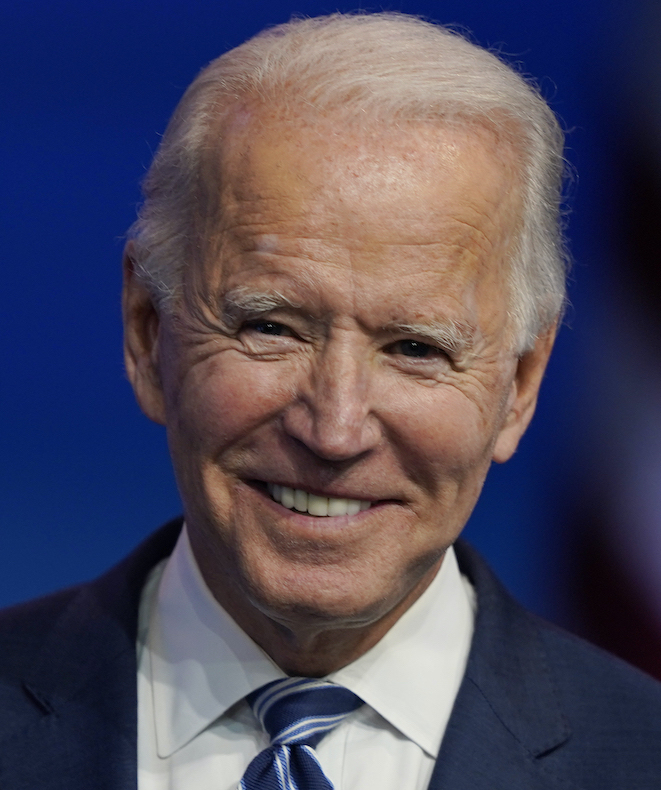Lower cost of prescription drugs
Joe Biden
"I’m going to lower prescription drugs by 60%, and that’s the truth."
Biden Promise Tracker

In the Works
Our only agenda is to publish the truth so you can be an informed participant in democracy.
We need your help.